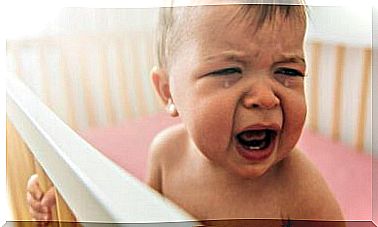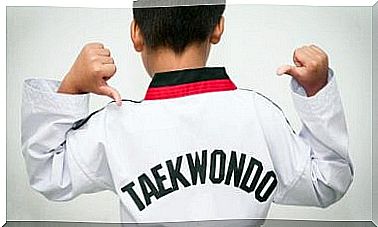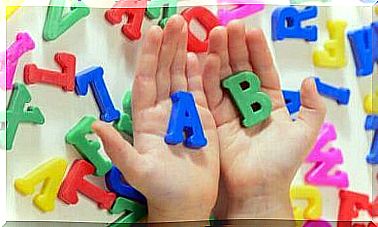What Is The Best Age For Children To Start Learning To Read?

What is the best age to start learning to read? The answer depends on each individual child’s special abilities and maturity. Speeding up or pushing a child can be counterproductive and create frustration and other negative emotions.
The first requirement: Must be able to speak
The first requirement is that the child has a basic grasp of the language. This means that he or she should know how to speak and understand what one hears.
Maturity is another important aspect, as the child may not be ready to absorb this type of learning. The child needs to have developed sufficiently psychologically and cognitively to be able to learn to read.
There is a significant gap between when children can form their first sounds until they start talking properly. The time it takes varies depending on each individual child. An understanding of written language requires high intellectual development and the child must be able to handle it.
What is the minimum age to learn to read?
From the age of three to five, children usually have their first contact with written language. Scribbling, playing, drawing and learning to recognize some letters or words – as names – can arouse the child’s interest in the written language. At this age, it is more than enough to just recognize a few letters and numbers and start learning to use a pencil.
Under normal circumstances, children should be involved in reading and writing activities from the age of six. Depending on the child’s abilities at this stage, it can go slowly or quickly.
Skills that a child must master to start learning to read are:
- Motor coordination
- Visual organization
- Wide vocabulary
- Ability to listen
- Interest in learning
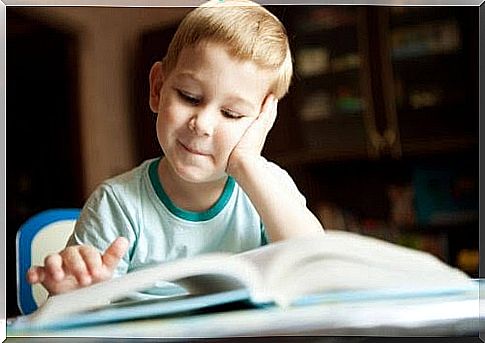
Is early stimulation counterproductive to learning to read?
Nowadays, everything is going faster and faster, and childhood also seems to go faster. This is an era of constant stimulation. But stimulating certain processes prematurely can actually be counterproductive.
It can make the child frustrated and trigger problems with comprehension and expression that do not appear until at the age of 12.
Going from oral language to writing means a significant intellectual leap. Children are used to handling and distinguishing certain sounds.
But distinguishing one letter from another is something completely different. At first, it can be confusing and far too abstract for young children. As a result, it can make them unmotivated to learn.
Fine motor skills are needed to be able to write
Both according to the traditional method and according to those who follow the theory of constructivism, the development of the motor skills needed to be able to write begins at around 3 years of age. During primary school, this continues until the first attempts to distinguish different words and try to write them.
Motivation is the key
Giving the child motivation is the responsibility of the parents and teachers so that the child can achieve the desired goals. The important thing is that the child does not feel pressured.
At about five years of age, a child can adapt to routines, develop social skills, play and work with other children, but it must be allowed to happen at the child’s own pace.
Imitation is an important component in how children learn. They may become interested in reading or writing when they see adults doing it. They may recognize and try to recreate the letters in their name, or even try to write a letter to grandparents or a friend.
So, what is the recommended age to start learning to read? The answer is simply that it depends on the maturity of each individual child.
How to stimulate children’s creativity
However, there are things you can do to help your children start learning at an early age. With these simple activities you can stimulate their creativity:
- Read good books for them
- Show them letters or games and games related to words
- Show them books with different structures or games
- Give them drawing and writing materials to practice and experiment with
The goal of all this is for the child to have fun. In this way, your child automatically becomes interested in the wonderful world that reading opens up, and it is something that will last for the rest of your life.
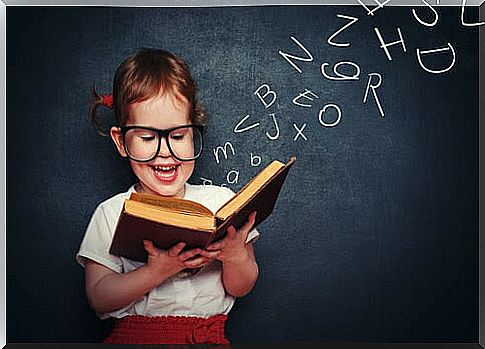
Children who can use and pronounce words and understand what they are saying are ready to learn to read. If they understand concepts such as down, up, before, after, left and right , it will be easier for them to start.
When they can draw lines with a pencil and check how hard they press with the pen against the paper, they have the fine motor skills needed to learn to write. You can then teach them all the letters and move on to words and sentences by using all sorts of activities to encourage their imagination and creativity.
The most important thing is to let your children learn at their own pace and help them along the way without any kind of unnecessary pressure.

